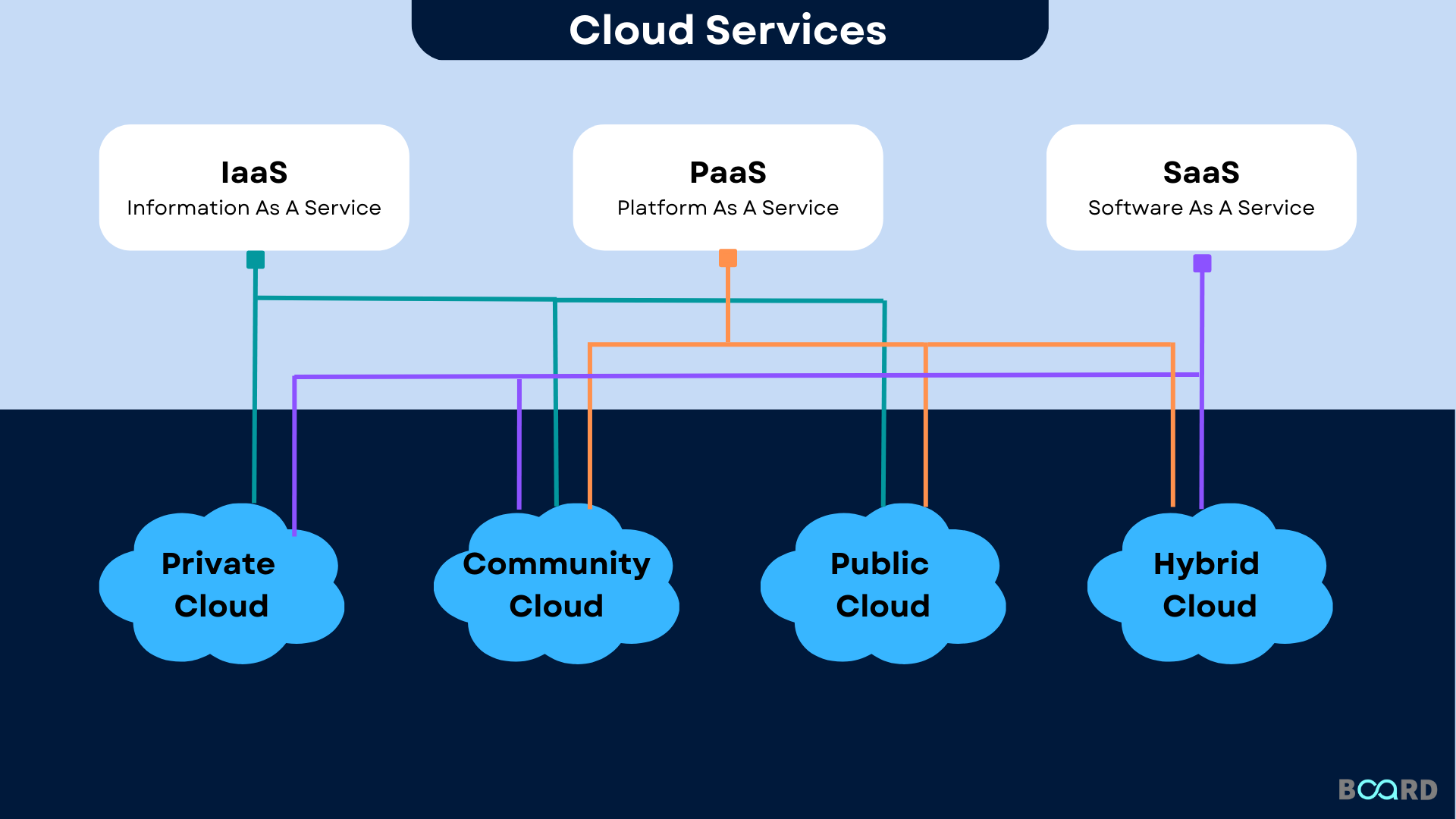Simplify Your Framework With Cloud Services
As services browse the ever-evolving landscape of innovation and information administration, the function of cloud services in streamlining framework has become increasingly noticeable. The allure of structured processes, improved performance, and boosted source allocation via cloud remedies is undeniable. The journey towards a more agile and cost-efficient IT framework involves more than just migrating to the cloud. It needs a critical strategy and a deep understanding of the nuances of cloud fostering. How can services properly navigate this change and absolutely open the potential of cloud services for simplifying their infrastructure?
Benefits of Cloud Solutions
Cloud solutions supply a structured method to managing IT framework, offering businesses with scalability, cost-efficiency, and adaptability. One of the vital benefits of cloud services is the scalability they supply.
In addition, cloud solutions remove the need for businesses to invest in pricey hardware and software application. This cost-efficiency is a substantial advantage, specifically for little to medium-sized enterprises looking to minimize ahead of time prices. By utilizing cloud services, businesses can access top quality IT sources without the large price connected with traditional facilities setups.
In addition, cloud solutions provide companies with the adaptability to access their data and applications from anywhere with a net connection. This level of availability improves collaboration among teams, allows remote job, and enhances general efficiency. The flexibility supplied by cloud solutions equips organizations to adjust promptly to changing market conditions and consumer demands.
Cost Cost Savings and Scalability
Along with the operational advantages highlighted earlier, the assimilation of cloud services right into a business's framework produces significant price financial savings and enhanced scalability. Cloud services use a pay-as-you-go model, allowing organizations to scale resources up or down based on existing requirements, thus preventing the costs connected with maintaining excess capability. This flexibility makes it possible for firms to adapt quickly to fluctuating needs without incurring unnecessary costs.
Moreover, cloud solutions eliminate the demand for ahead of time financial investments in software and hardware, lowering resources expenses. Operating costs are likewise decreased as business no much longer need to take care of and preserve physical web servers, bring about lower energy consumption and IT staffing expenses. Additionally, cloud solutions give automated updates and maintenance, making certain that the framework remains up-to-date and safe without needing hand-operated interventions.
Boosted Protection Steps
Implementing stringent safety procedures is extremely important when incorporating cloud solutions into a business's infrastructure to make sure and secure delicate information compliance with market guidelines. Cloud solution companies provide enhanced safety and security features such as information security, firewall software protection, and multi-factor verification to mitigate cybersecurity threats.
Moreover, routine safety audits and compliance analyses help ensure and identify susceptabilities adherence to market requirements. Business can likewise gain from attributes like computerized safety updates and real-time risk surveillance supplied by cloud company. By prioritizing security procedures and staying aggressive in attending to potential dangers, companies can confidently utilize cloud services while safeguarding their valuable information from web link unauthorized access or violations.
Transitioning to Cloud Framework
To effectively integrate cloud solutions into a business's facilities, a structured approach that addresses the change in the direction of cloud-based options is crucial. Transitioning to cloud facilities involves cautious preparation and execution to make certain a smooth migration procedure - linkdaddy cloud services press release.
Once the assessment is full, a migration technique need to be developed. This method must lay out the timeline, sources, and responsibilities for moving each element to the cloud. It is necessary to communicate this plan clearly to all stakeholders to guarantee placement and lessen disruptions throughout the change.
During the movement tracking, testing and procedure are vital to recognize and resolve any kind of concerns immediately. Routine checkpoints should be developed to track development and make needed modifications. Furthermore, training for employees on utilizing cloud solutions ought to be offered to ensure a successful transition and make best use of the advantages of the new infrastructure.
Ideal Practices for Cloud Fostering
Successful fostering of cloud solutions rests on the tactical alignment of organization objectives with technical capacities and business readiness. To ensure a smooth change to the cloud, organizations need to start by performing a detailed assessment of their present framework and determining which work are best suited for cloud movement. It is vital to involve key stakeholders from different departments in the decision-making procedure to acquire buy-in and resolve any kind of issues early on.
Another best practice for cloud adoption is to prioritize safety and conformity. Organizations should meticulously evaluate the safety actions used by cloud provider and make certain that their data is secured according to sector standards and regulative needs. Executing durable information file encryption, access controls, and normal safety and security audits can help mitigate threats connected with cloud fostering.

Final Thought

As businesses browse the ever-evolving landscape of modern technology and information administration, the duty of cloud services in index streamlining facilities has actually become progressively prominent - linkdaddy cloud services press release. Exactly how can companies efficiently navigate this change and absolutely open the potential of cloud services for streamlining their framework?
Cloud solutions offer a streamlined strategy to managing IT infrastructure, providing organizations with scalability, versatility, and cost-efficiency. By utilizing cloud services, services can access high-grade IT resources without the hefty price tag connected with traditional facilities configurations.
To make sure a smooth shift to the cloud, organizations must begin by conducting a comprehensive evaluation of their present facilities and identifying which work are best matched for cloud migration.